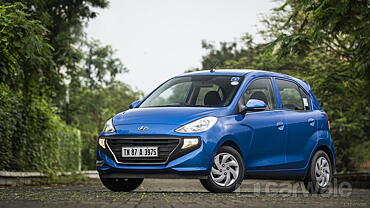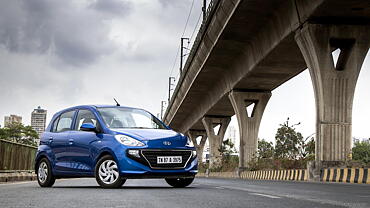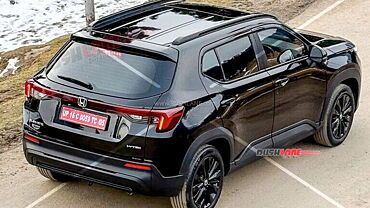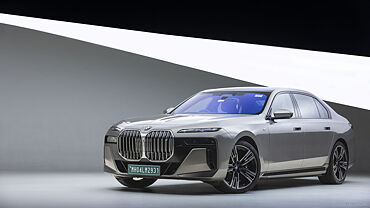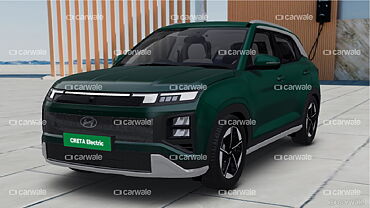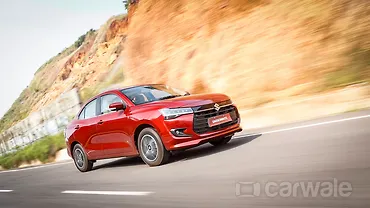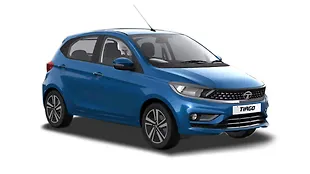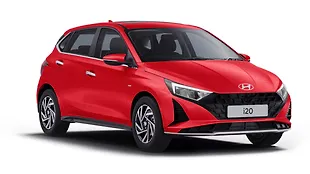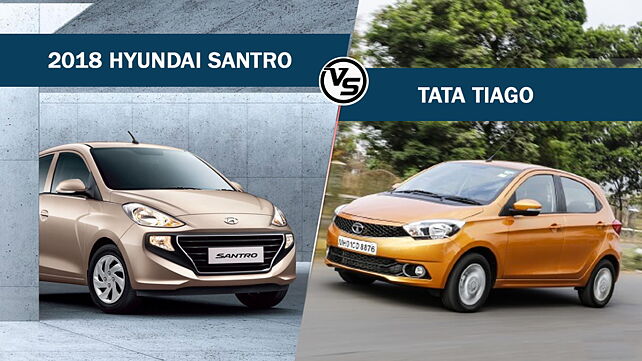
The Hyundai Santro has been launched in India in the range of Rs 3.90 lakhs to Rs 5.64 lakhs (All-India ex-showroom). There are 9 variants and all are powered by a 1.1-litre petrol engine which can also be had with CNG. There’s a five-speed manual as standard as well as an AMT for certain variants. Well, the Santro’s biggest rival is the Tata Tiago as it is priced similarly and it is the same concept that underlies both vehicles.
Exterior
In this fight we have to look at the Tiago and Santro for where they are placed. They are both entry-level products of the B-segment but sit above the crop of A-segment cars thanks to their bigger size, bigger engines and feature list. In this price bracket, looks play a major role as the budget is limited and it (looks) is the most flexible element that a manufacturer can work with.
The Tiago bears all the hallmarks of a conventional hatchback in terms of design and its major highlights include the black grille, chrome inserts on the fog lamp housing and those rather swanky looking tail lamps that extend around the edge.
The Santro in that respect is quirky looking thanks to the wide gaping grille, tall boy roof and that little kink on the rear windows which give a feeling of proportionate seating between the front and rear. The rear of the Santro is where the family look comes in as it has the same tail lamps and hatch door as the Eon and Grand i10.
Interior
Hyundai has played it safe with the Santro’s cabin. It has been trimmed out in a dual-tone shade of beige and black. The top of the line models get all four power windows, height adjustment for the driver’s seat and steering, electrically adjustable ORVMs and a touchscreen infotainment with Apple CarPlay/Android Auto/Mirror Link system for smartphone connectivity.
It’s a similar story with the Tiago as it gets exactly the same features list but without the touchscreen system. However, at the launch of the Tiago NRG, Tata had hinted that the touchscreen system found in the pre-facelifted Tigor would move to the Tiago as had been done with the Tiago NRG.
Both cars have roughly the same dimensions but the Santro does have an advantage as it is taller and, therefore, offers more headroom. Due to regulations, all versions of both Tiago get dual front airbags and ABS with EBD as standard fitment while in the Santro, it is only offered in the top models.
Engine and gearbox
The Tata Tiago is offered with a 1.2-litre petrol motor or a 1.05-litre diesel producing 84bhp/114Nm and 69bhp/140Nm respectively. Both engines gets a five-speed manual as standard but the petrol can also be had with a five-speed AMT.
The Hyundai Santro is offered only with a 1.1-litre petrol engine. In standard form it is good for 68bhp/101Nm while under CNG power, the output is 58bhp/101Nm. Both versions get a five-speed manual as standard but the petrol also gets a five-speed AMT. However, at present, the AMT is only offered on the mid-level models and we expect that there will be a top-of-the-line AMT model as a planned update at a later date.
Conclusion
Everything about the Hyundai Santro looks promising and it will certainly deliver a large extent of the volumes that Hyundai has planned for it. If the Tiago’s numbers are anything to go by then, there is scope for Hyundai to succeed. A large part of this, we believe, will be down to the fact that the entry-level B-segment is now considered the new entry point in the car market.

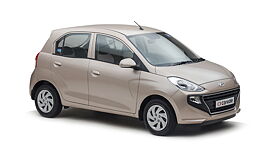
![Tata Tiago [2016-2020] Image Tata Tiago [2016-2020] Image](https://imgd.aeplcdn.com/272x153/cw/ec/20880/Tata-Tiago-Exterior-120831.jpg?wm=0&q=80)

